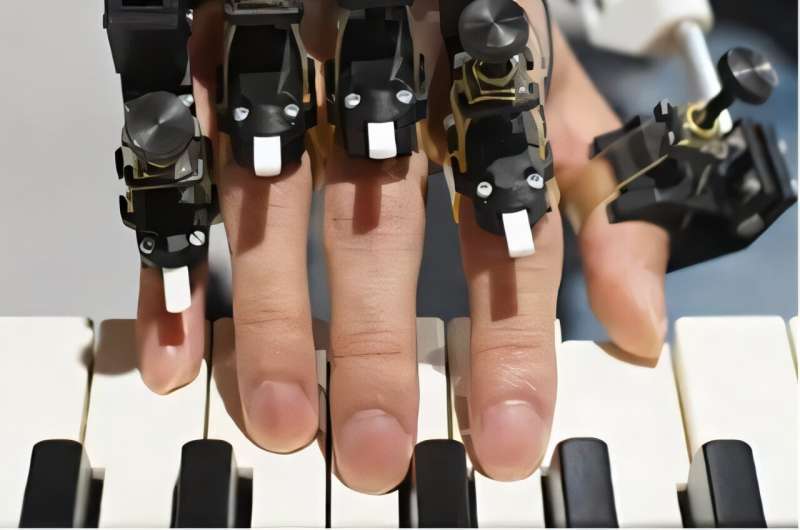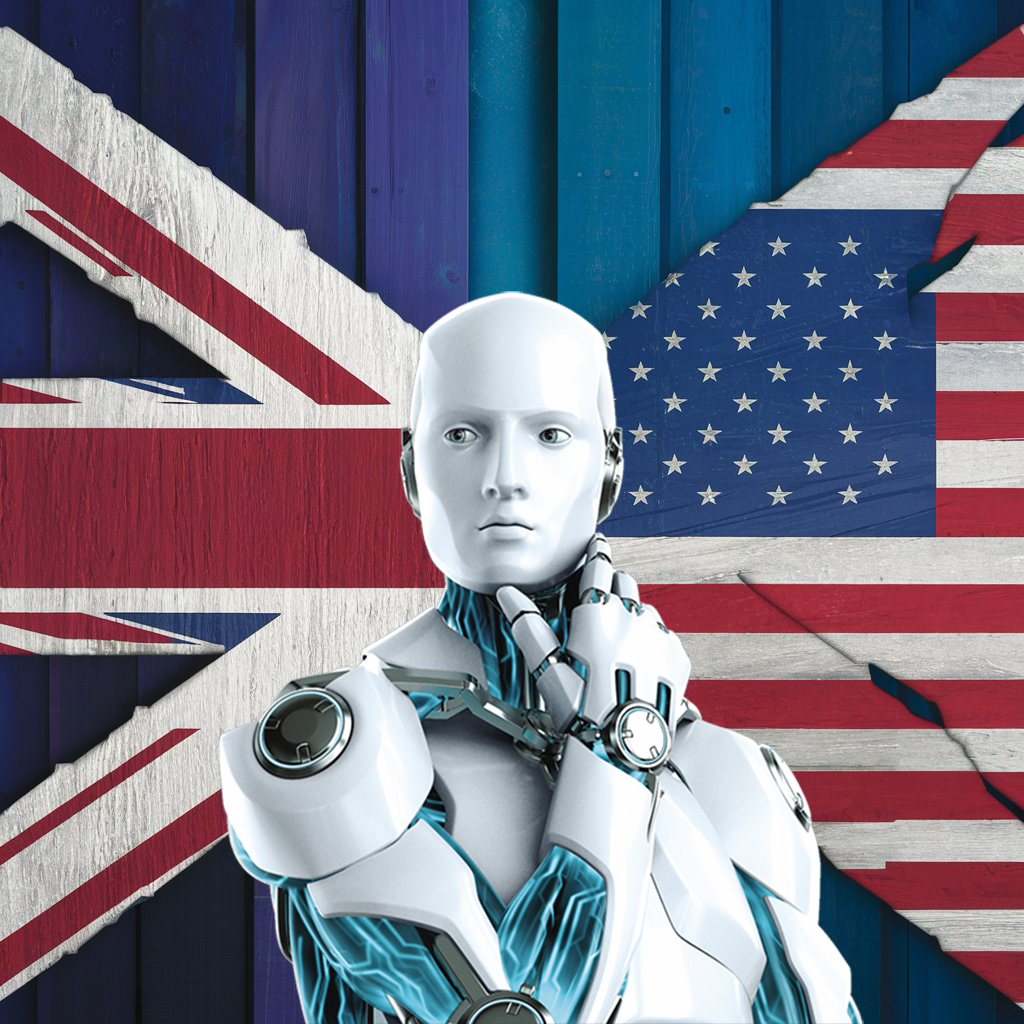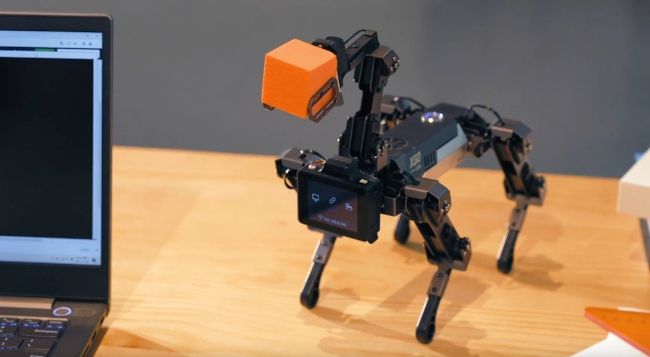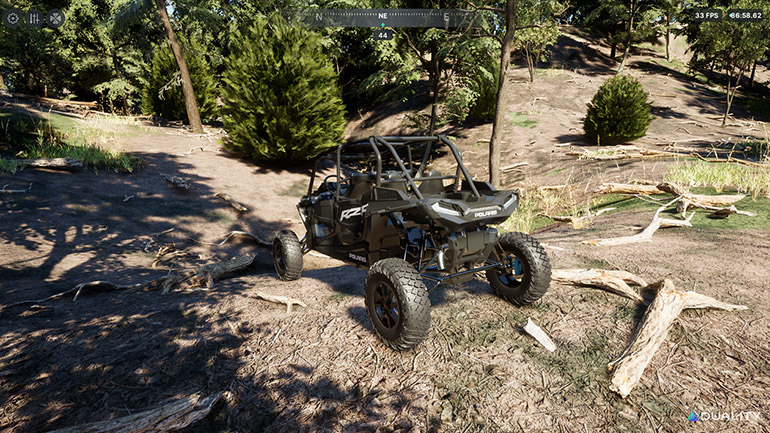Imagine a device that could help you play piano faster than you ever thought possible. That's exactly what researchers at Sony Computer Science Laboratories and the NeuroPiano Institute have created - a robotic hand exoskeleton that's helping pianists break through their speed plateaus.
In a groundbreaking study published in Science Robotics, this innovative robot worker straps to the top of a pianist's hand and guides their fingers through complex movements, essentially teaching the hand new ways to move. The results? Pianists are playing faster and better than ever before.
What makes this discovery particularly exciting is its success rate. In a study involving 118 trained pianists who had all hit their speed limits, this robotic training system helped them push beyond their plateaus. Even more remarkably, training just one hand with the robot improved performance in both hands - a fascinating example of how robotic assistance can enhance human capabilities in unexpected ways.
The magic happens through what researchers call "passive training." The robot takes control of the pianist's fingers, moving them up and down in various patterns at different speeds. It's like having a master pianist literally guiding your hands through the motions, but with mechanical precision that human teachers simply can't match.
But this isn't just about faster fingers - it's actually changing how musicians' brains work. The researchers found that training with the robotic exoskeleton led to neuroplastic changes in the motor cortex, suggesting that this technology isn't just training muscles, it's rewiring the brain for better performance.
For musicians who've hit their technical limits, this robotic assistant offers a new path forward. It's not replacing the pianist - it's enhancing their capabilities, helping them achieve what they couldn't through traditional practice alone.
As we look to the future of musical training, this robotic hand exoskeleton might just become as common in conservatories as metronomes. After all, who wouldn't want a robot teacher that can help them play faster than they ever thought possible?


















